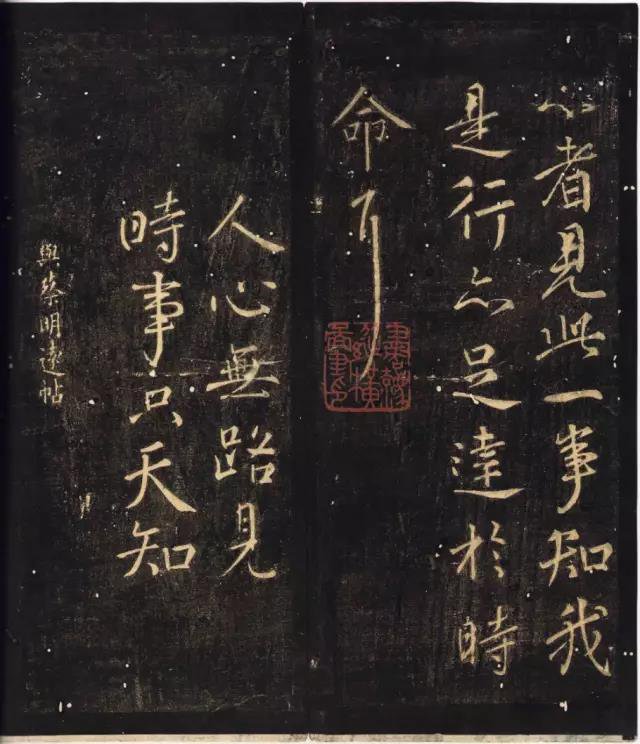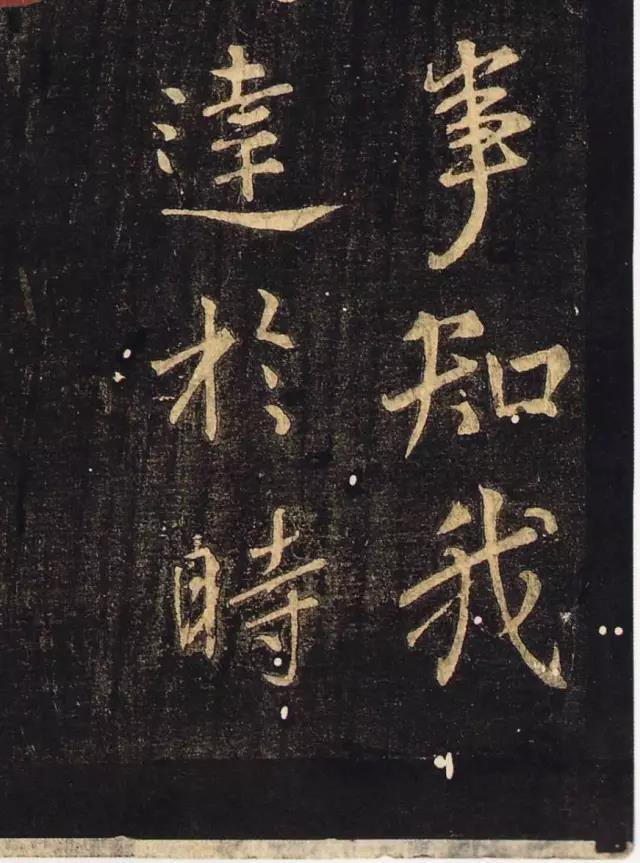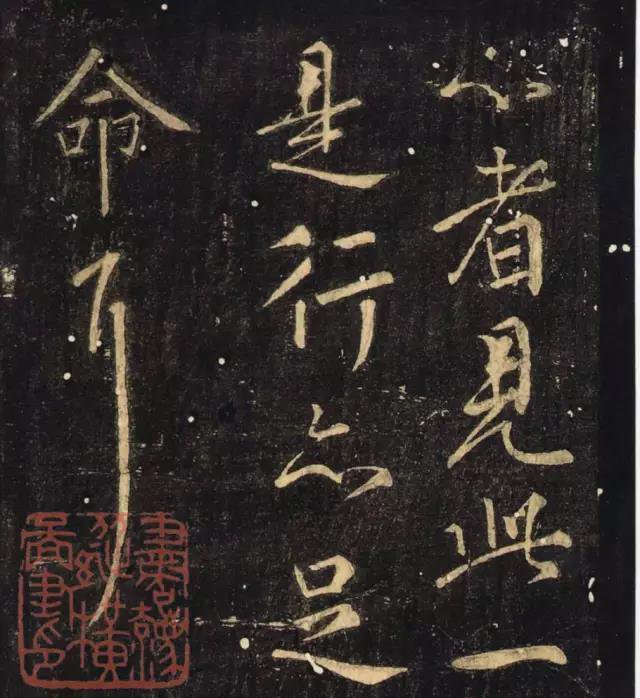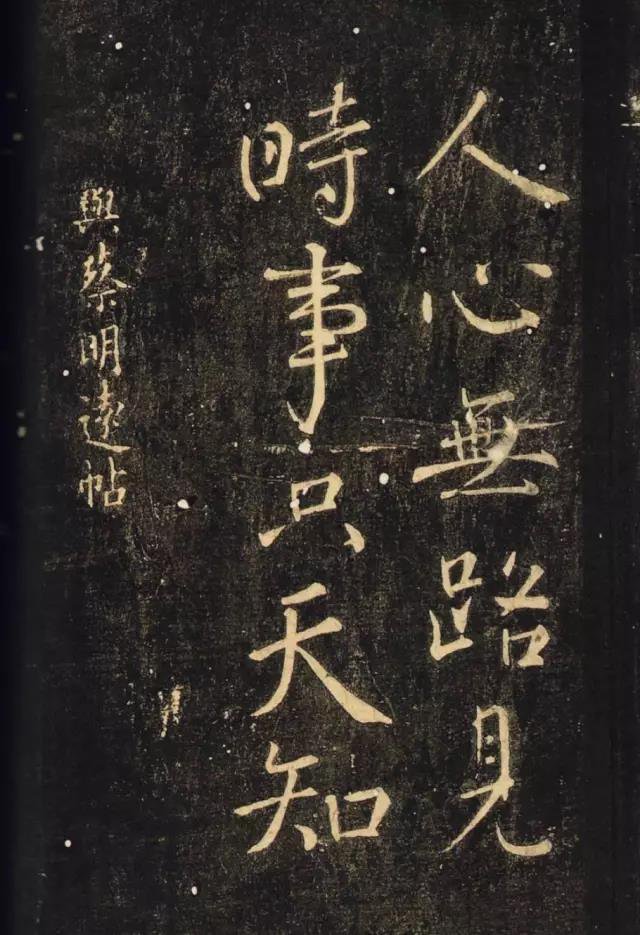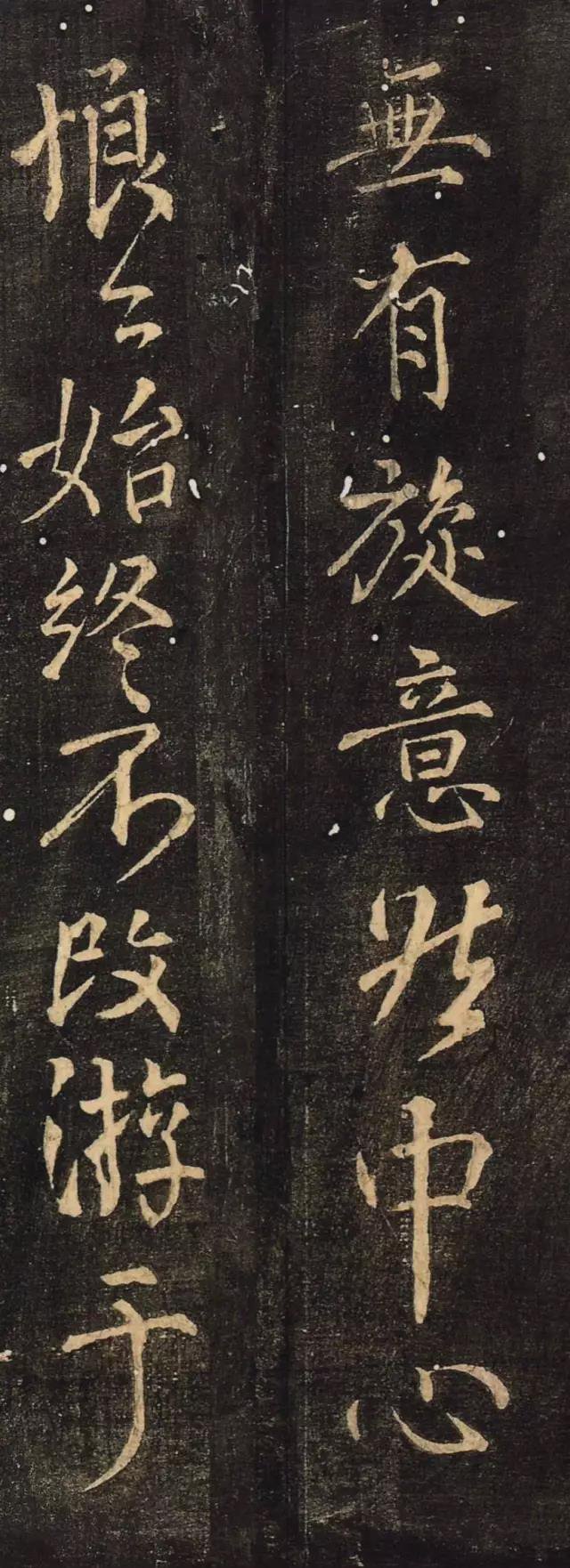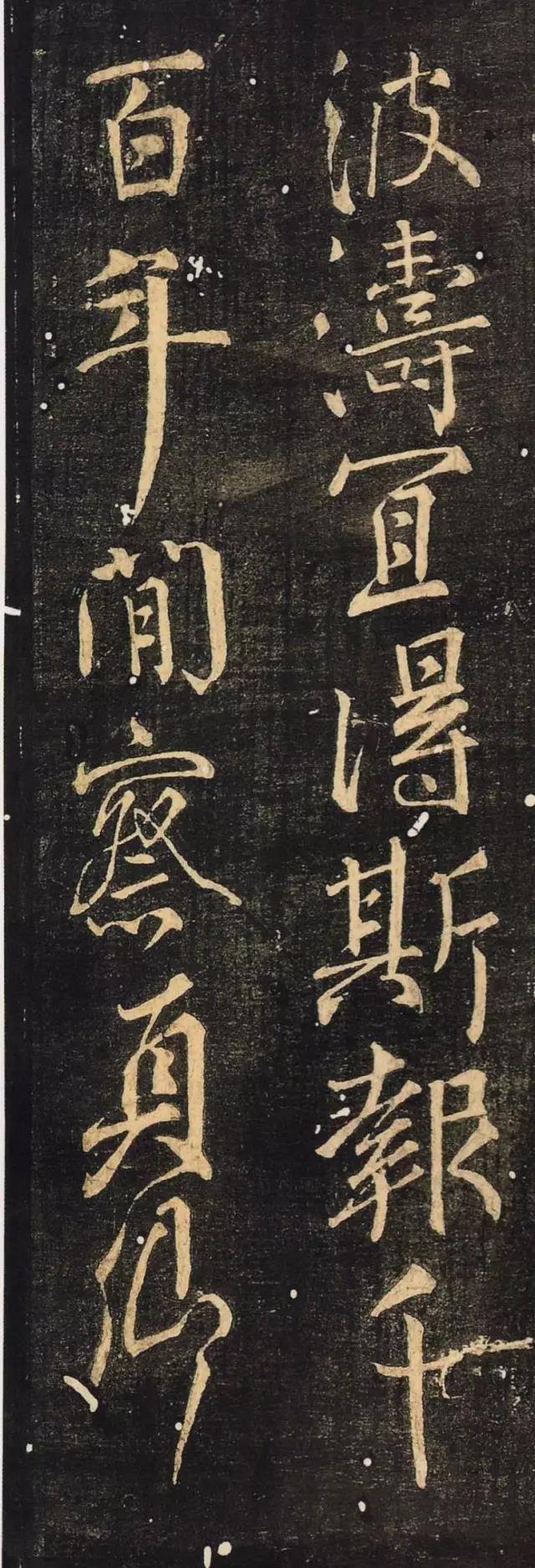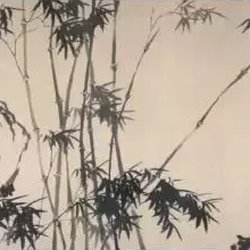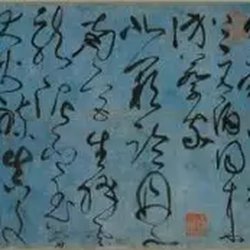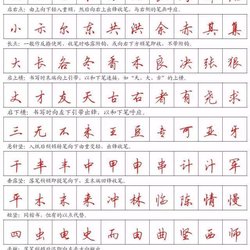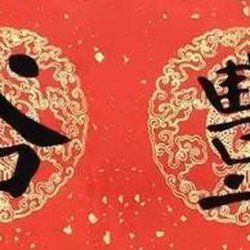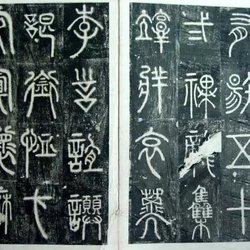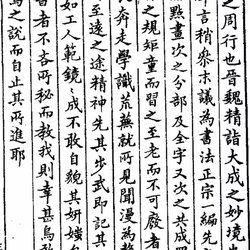Yan Zhenqing (709-784), courtesy name Qingchen, nicknamed Xianmenzi, nicknamed Yingfang, was born in Jingzhao Wannian (now Xi'an, Shaanxi), his ancestral home is Langya Linyi (now Linyi, Shandong), and he is the grandson of the fifth generation of Yan Shigu , Yan Gaoqing's younger brother, a famous official and outstanding calligrapher in the Tang Dynasty. In the 22nd year of Kaiyuan (734), Yan Zhenqing ascended to the rank of Jinshi. He was appointed as the supervisory censor four times and moved to the palace to serve as the censor. Because he was rejected by the powerful minister Yang Guozhong, he was demoted to the prefect of Pingyuan and was known as "Yan Pingyuan". During the Anshi Rebellion, the rebels fought against the rebels. After Suzong of the Tang Dynasty came to the throne, he paid homage to the minister of the Ministry of Industry and the imperial censor to recruit envoys for Hebei. When he arrived at Fengxiang, he was awarded the title of Minister of the Ministry of Constitution, and later moved to the imperial censor. During the Tang Dynasty, he became the Minister of the Ministry of Personnel, the Crown Prince and the Grand Master, and was granted the title of Duke of Lu County, and was known as "Gong Yan Lu". In the first year of Xingyuan (784), he was framed by Prime Minister Lu Qi and sent to the rebel general Li Xilie to inform him. He resisted the thieves sternly and was eventually hanged. Yan Zhenqing has exquisite calligraphy and is good at running and regular script. He created the "Yan style" regular script and is known as the "Four Masters of Regular Script" together with Zhao Mengfu, Liu Gongquan and Ouyang Xun. It is also called "Yan Liu" together with Liu Gongquan, and is also known as "Yan Jin Liu Gu". He was good at poetry and prose, and had many works, including "Yunhai Jingyuan", "Liyue Collection", "Wuxing Collection", "Luling Collection" and "Linchuan Collection", all of which are lost. The Song Dynasty people compiled "Yan Lu Gong Ji".
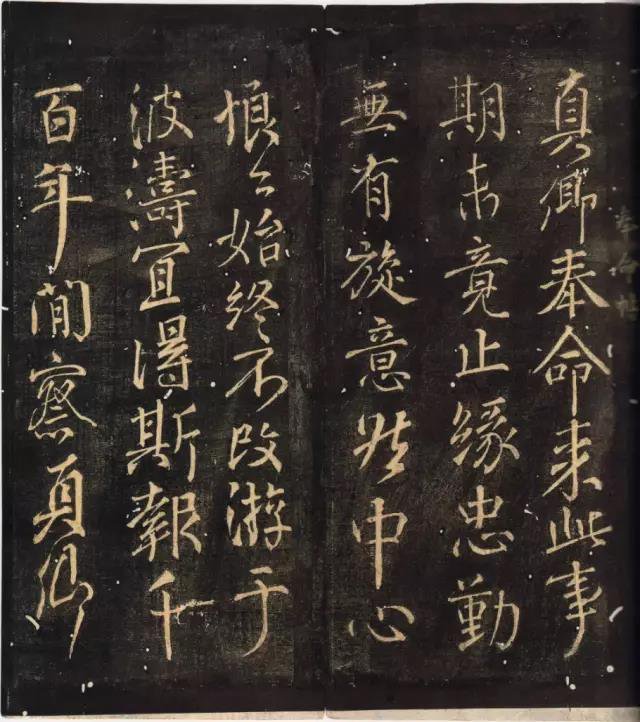
Song Tuoyan Zhenqing's "Following Orders" Zhongyi Hall Tie 35.6×16.5cm Collection of Zhejiang Provincial Museum
It was written in the fourth year of Jianzhong (783). Yan Zhenqing wrote calligraphy, running script, engraved posts, and letters. 35.6×16.5 cm. There are 11 lines, totaling 69 words. The Zhejiang Provincial Museum collects the copy of "Zhongyi Tang Tie" by Liu Yuangang in the Southern Song Dynasty. There is no date or month written on this post. According to the post, "The true minister was ordered to come here, and the work has not been completed yet. He has been loyal and diligent, and has no sway. However, the heart has never changed. He swims in the waves, and he deserves to be rewarded. For thousands of years, he has observed the heart of the true minister. "When you see this, you know what I am doing, and it is enough to reach the ears of the times. The human heart has no way to see, and only God knows the current affairs." Ming Zhao's "Graphite Engraving Hua" believes: "Looking at the meaning of his words, it makes Li Xilie Shi also .”
In the first month of the fourth year of Jianzhong (783), Yan Zhenqing went to Xuzhou to comfort Li Xilie as the "Prince Taishi Huaixi Propaganda Envoy". This post should be made in this year, when I was 75 years old. Therefore, it is also called "Book of Caizhou". Yan Zhenqing knew that the destiny was not violated, so he sent Xuzhou as an envoy, and his plans were not backtracked. He had no intention of returning. He was fiercely loyal and generous in the face of difficulties. He had to be centered and full of sorrow and hatred. As Sima Guang said in "New Tang Book Biography": "Wow! Although he is 1,500 years old, his heroic words are like the frost and the scorching sun, which can be feared and admired!"
Yan Zhenqing's real calligraphy is majestic and dignified. The characters have changed from the long and thin ones in the early Tang Dynasty to square ones, with circles in the squares and centripetal force. The brush is thick and strong, and he makes good use of the center stroke. It is muscular and sharp. Generally, the horizontal strokes are slightly thin, and the vertical strokes, dots, strokes and strokes are slightly thicker. This calligraphy style is majestic, powerful, and has the atmosphere of the prosperous Tang Dynasty. His cursive writing is powerful, revealing true feelings, calm in structure, and full of stippling, which opened up a new world for cursive writing after the Wang School. Yan Zhenqing's running script is vigorous and vigorous. This style also reflects the prosperous style of the Tang Dynasty and is consistent with his noble personality. It is an example of the perfect combination of the beauty of calligraphy and the beauty of personality. Therefore, he was praised by later generations as "the second running script in the world" ".

